Are you looking to navigate the complexities of sea freight from China to Canada? With the burgeoning trade relationship between these two nations, understanding the ins and outs of this shipping method has never been more essential. In this comprehensive guide, we will explore the advantages of sea freight, from Full Container Load (FCL) to Less-than-Container Load (LCL) options, and provide insights into the key ports and shipping processes. Get ready to streamline your shipping experience and make informed decisions for your business!
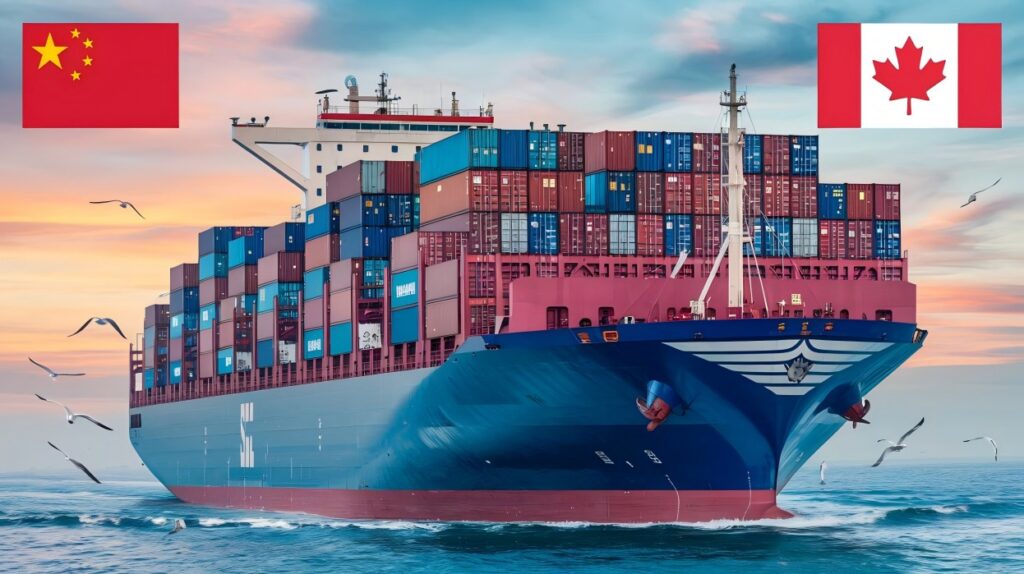
Introduction to Sea Freight From China to Canada
The trade relationship between China and Canada has seen significant growth over the past decade, making it one of the most dynamic trading partnerships globally. As of 2023, bilateral trade reached approximately $89 billion CAD, with China being one of Canada’s largest trading partners, primarily in sectors such as machinery, electronics, and consumer goods. This robust trade relationship has led to an increased demand for efficient and reliable shipping solutions, particularly sea freight.
Sea freight is an essential mode of transport for shipping goods internationally, especially for bulky and heavy products. The primary advantages of sea freight include cost-effectiveness, the ability to transport large volumes of goods, and reduced environmental impact compared to air freight. According to a report by the International Maritime Organization (IMO), shipping accounts for approximately 90% of world trade by volume, underlining its importance in global commerce. For businesses looking to understand the costs associated with this mode of transport, resources like how much is ocean freight from china can provide valuable insights.
Understanding Sea Freight Options
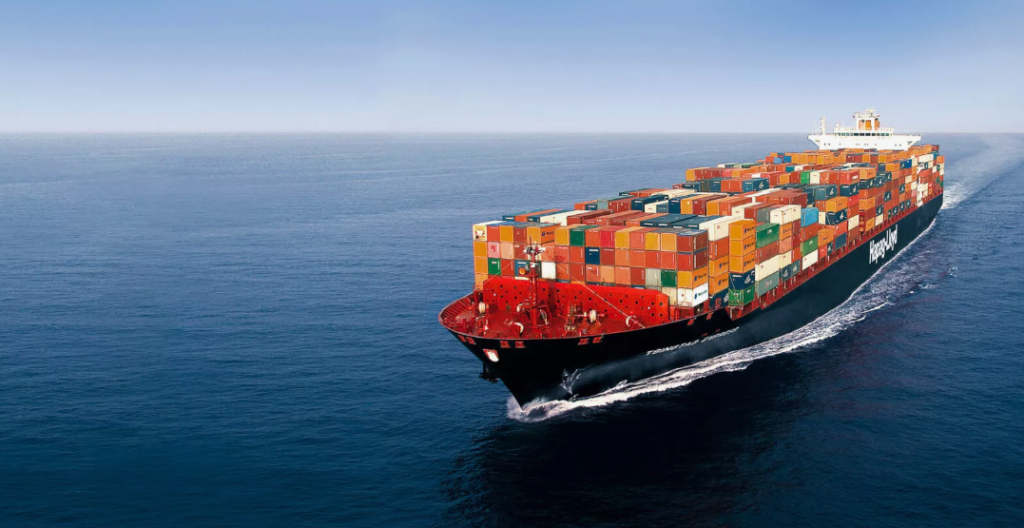
When it comes to transporting goods from China to Canada via sea, businesses generally have two primary options: Full Container Load (FCL) and Less-than-Container Load (LCL).
Full Container Load (FCL) Shipping
FCL shipping involves using an entire shipping container for a single shipment. This option is generally preferred for businesses that have enough cargo to fill a container.
- Benefits of FCL Shipping:
- Cost-efficiency: While the upfront cost may be higher than LCL, FCL is often more economical for larger shipments, as the cost per unit decreases with volume. For more details on FCL pricing, check out fcl autoparts shipping.
- Security: FCL shipments are less likely to be damaged since the goods are not mixed with cargo from other shippers.
- Faster transit times: With FCL, the shipping process is more streamlined, as there is no need to consolidate or deconsolidate shipments.
- Factors Affecting FCL Shipping Costs:
- Container size and type: Standard containers (20ft or 40ft) may have different pricing.
- Shipping routes: Direct routes may be more expensive but faster than those with multiple stops.
- Seasonality: Rates can fluctuate based on peak shipping seasons or availability of containers.
Less-than-Container Load (LCL) Shipping
LCL shipping is ideal for shipments that do not require an entire container. This method allows multiple shipments from different customers to be combined into a single container.
- Advantages of LCL Shipping:
- Flexibility: LCL is suitable for smaller shipments, allowing businesses to send goods without needing to fill an entire container.
- Lower upfront costs: Companies can pay only for the space they use, making it easier for smaller businesses to import goods.
- Considerations for LCL Shipping:
- Longer transit times: LCL shipments typically take longer due to the need for consolidation and deconsolidation.
- Risk of damage: Since goods are transported with other shipments, there is a higher chance of handling issues leading to potential damage.
- Cost variability: LCL shipping rates can fluctuate based on the weight and volume of the goods, as well as current demand for container space.
In summary, understanding the different sea freight options available for shipping from China to Canada is crucial for optimizing logistics and costs. Whether opting for FCL or LCL, businesses should evaluate their specific needs and work closely with experienced freight forwarders like Dantful International Logistics to ensure efficient shipping solutions tailored to their requirements. For businesses interested in expedited options, exploring expedited shipping from china to canada could be beneficial.
READ MORE:
- Shipping From China to the United States
- Shipping From China TO Canada
- Shipping From China TO Mexico
- Shipping From China to Panama
- Shipping From China to Costa Rica
- Shipping From China to Brazil
- Shipping From China TO Colombia
- Shipping From China to Jamaica
- Shipping From China to Venezuela
Top Chinese Seaports for Exports to Canada
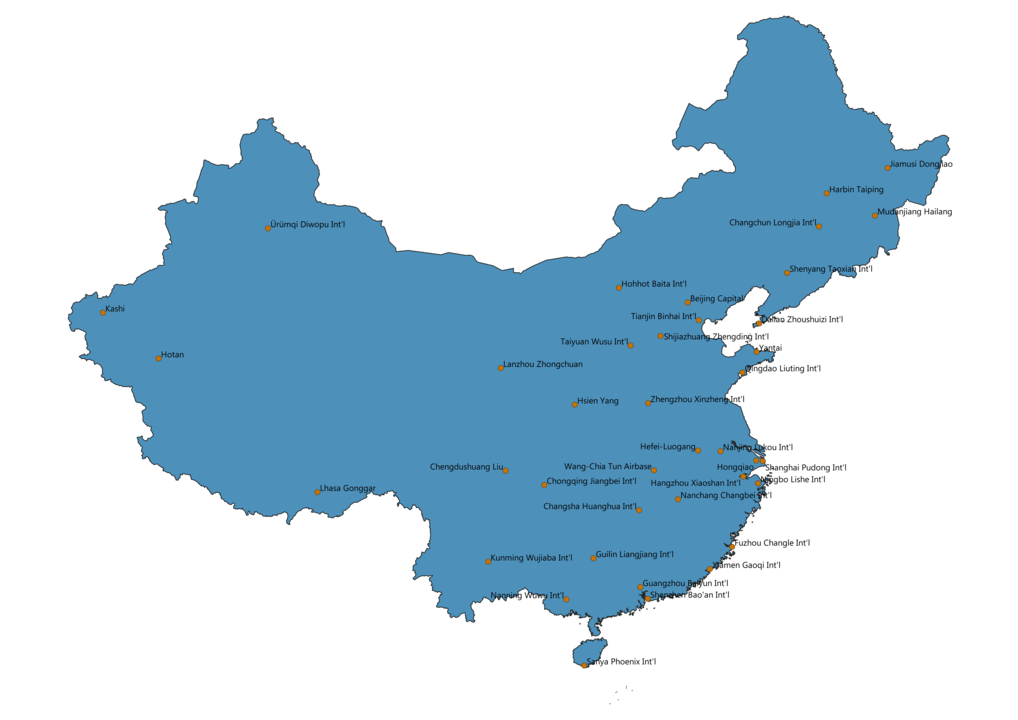
China boasts a vast network of seaports that facilitate international trade, and several key ports stand out for their efficiency and capacity when exporting goods to Canada. The following are the most prominent Chinese seaports for shipping to Canada:
Shanghai
Shanghai is the largest seaport in China and one of the busiest in the world. It serves as a significant hub for global trade due to its advanced infrastructure and connectivity.
- Capacity: Shanghai handles over 40 million TEUs (twenty-foot equivalent units) annually, making it a vital link in the supply chain.
- Facilities: The port features state-of-the-art container terminals equipped with automated systems, enhancing operational efficiency and reducing turnaround times.
Shenzhen
Shenzhen is a leading trading port in southern China, adjacent to Hong Kong. Known for its rapid growth and technological innovation, Shenzhen plays a critical role in the export of electronics and consumer goods.
- Strategic Location: Its proximity to Hong Kong provides an accessible gateway for shipments, allowing for expedited customs clearance.
- Diverse Shipping Options: The port offers extensive shipping options, including FCL and LCL, catering to various business needs.
Ningbo-Zhoushan
Ningbo-Zhoushan is notable for its deep-water capabilities and is recognized as a key port for bulk cargo and container shipping.
- Robust Infrastructure: The port has several modern terminals and facilities, providing efficient loading and unloading services.
- Trade Volume: Ningbo-Zhoushan consistently ranks among the top ports globally, handling a significant volume of cargo destined for North America.
Guangzhou
Guangzhou is a major trading port in southern China, well-known for its role in the export of textiles, machinery, and electronics.
- Economic Zone: Located in the Pearl River Delta, Guangzhou benefits from being in one of China’s most economically dynamic regions.
- Comprehensive Services: The port offers customs clearance and warehousing services, making it a one-stop solution for exporters.
Qingdao
Qingdao is recognized for its strategic location on the Yellow Sea and its role as a center for shipping and trade in northern China.
- Infrastructure Development: The port has seen substantial investments in recent years, improving its container handling capabilities and overall efficiency.
- Key Exports: Qingdao specializes in exports of machinery, electronics, and agricultural products, making it a diverse shipping hub.
Tianjin
Tianjin serves as the main port for northern China and is crucial for trade with Canada. Located near Beijing, it has extensive road and rail connections.
- Multi-modal Transport: Tianjin’s capabilities extend beyond maritime shipping; it has integrated transport systems that facilitate quick delivery to inland destinations.
- Growing Capacity: The port is expanding its container handling capacity to accommodate increasing trade demands, offering reliable services for businesses.
These ports serve as critical gateways for goods traveling from China to Canada, each offering unique advantages suitable for different types of cargo and business requirements.
Main Canada Seaports for Imports

Canada is equipped with a robust network of seaports that are essential for receiving imports from various global markets, including China. The following are the key Canadian seaports for imports:
Vancouver
Vancouver is Canada’s largest and busiest port, serving as a primary entry point for goods arriving from Asia.
- Strategic Location: Situated on the west coast, Vancouver has direct access to the Pacific Ocean, allowing for efficient shipping routes.
- Container Traffic: The port handles a significant volume of container traffic, making it critical for imports ranging from electronics to consumer goods.
Montreal
Montreal is a prominent seaport located on the St. Lawrence River, acting as a key gateway for trade between Canada and Europe as well as Asia.
- Deep-Water Capabilities: The port can accommodate large vessels, providing advantages for bulk and container shipping.
- Customs Efficiency: Montreal is known for its streamlined customs processes, which helps reduce delays for incoming shipments.
Halifax
Halifax is a major port on the east coast of Canada and plays a vital role in facilitating imports from Europe and Asia.
- Ideal for Perishables: The port has specialized facilities for handling perishable goods, making it a go-to for food imports.
- Competitive Rates: Due to its strategic position, Halifax can offer competitive shipping rates and shorter transit times for certain routes.
Prince Rupert
Prince Rupert is one of the fastest-growing ports in Canada, known for its strategic location for trade with Asia.
- Shorter Transit Times: The port benefits from its proximity to key shipping lanes, providing quicker access to North American markets.
- Expansion Projects: Ongoing expansion projects aim to increase capacity and enhance operational efficiency, catering to the rising demand for imports.
Toronto
While Toronto does not have shipping facilities as significant as the above ports, its proximity to the Great Lakes allows for access to cargo shipping through the St. Lawrence Seaway.
- Intermodal Connectivity: Toronto’s extensive rail and road networks facilitate the movement of goods to and from nearby ports, enhancing overall logistics capabilities.
These seaports are integral to Canada’s import landscape, efficiently handling a wide range of goods and ensuring that businesses have timely access to the products they need. By partnering with a reliable logistics provider like Dantful International Logistics, companies can effectively navigate the complexities of international shipping and import processes from China to Canada.
Sea Freight Shipping Process
Understanding the sea freight shipping process is essential for businesses looking to import goods from China to Canada. Each step plays a crucial role in ensuring that shipments are handled effectively, arrive on time, and comply with regulations.
Booking and Documentation
The initial step in the sea freight process involves booking the shipment with a freight forwarder or shipping line. During this phase, businesses must provide detailed information about the goods being shipped, including:
- Product Description: Clear details of the goods, including weight, dimensions, and value.
- Shipping Instructions: Specify the preferred shipping route, container type (FCL or LCL), and any special handling requirements.
- Documentation: Essential documents such as the Bill of Lading, commercial invoice, packing list, and any certificates required for customs clearance must be prepared and submitted.
Proper documentation is critical, as it ensures compliance with both Chinese export regulations and Canadian import regulations.
Container Loading and Sealing
After booking, the next step is loading the goods into containers. This stage includes:
- Container Selection: Choosing the appropriate container type based on the shipment’s specifications (e.g., standard dry containers, refrigerated containers).
- Loading Process: Carefully loading goods into the container to maximize space and prevent damage. Proper loading techniques are vital to ensure cargo stability during transit.
- Sealing the Container: Once the container is loaded, it is sealed with a tamper-proof seal. This step is crucial for security and helps prevent unauthorized access during transportation.
Ocean Transportation
Once the container is sealed, it is transported to the port and placed on a vessel for ocean transportation. Key aspects of this phase include:
- Vessel Selection: The shipping line will assign a vessel based on the booking and the intended delivery date.
- Sailing Schedule: The shipment will follow a predetermined route, and the shipping line will provide an estimated time of arrival (ETA) at the destination port.
- Real-time Tracking: Many shipping lines offer tracking services that allow shippers to monitor the container’s location and status throughout its journey.
Customs Clearance in Canada
Upon arrival at the Canadian port, the shipment must undergo customs clearance before it can be delivered to its final destination. This involves:
- Documentation Review: Customs officials will review the submitted documentation, including the Bill of Lading, commercial invoice, and packing list.
- Duties and Taxes: Import duties and taxes must be paid based on the value of the goods and their classification under the Harmonized System (HS) code.
- Inspections: Depending on the shipment, customs may perform inspections to ensure compliance with regulations. This can involve checking the contents of the container against the declared documentation.
Working with a knowledgeable freight forwarder, such as Dantful International Logistics, can facilitate the customs clearance process, ensuring compliance and minimizing delays.
Final Delivery to Destination
Once customs clearance is completed, the last step is to deliver the goods to the designated address. This phase includes:
- Transportation Arrangements: Depending on the destination, transportation may involve trucking, rail, or additional shipping methods.
- Delivery Coordination: The freight forwarder will coordinate with local transport services to ensure timely delivery.
- Receiving and Inspection: Upon delivery, the recipient should inspect the shipment for any damage or discrepancies from the order. This step is crucial for identifying any potential issues early on.
The entire sea freight shipping process is designed to be seamless and efficient, ensuring that businesses can receive their imports without unnecessary complications.
Factors Affecting Sea Freight Costs
Several factors can significantly impact the overall cost of sea freight, and understanding these elements is crucial for businesses looking to manage their shipping expenses effectively.
Container Size and Type
The size and type of container chosen for shipping have a direct influence on costs. Options include:
- Full Container Load (FCL): Generally more cost-effective for large shipments, as the cost per unit decreases with the volume of goods shipped.
- Less-than-Container Load (LCL): Often more expensive on a per-unit basis due to consolidation charges and higher handling fees since multiple shipments are combined.
Shipping Route and Distance
The specific route and distance between the ports of origin and destination affect overall shipping costs. Considerations include:
- Direct vs. Indirect Routes: Direct routes are typically more cost-effective due to fewer transshipments and reduced transit times.
- Geographic Factors: Shipping to remote or less accessible ports may incur higher charges due to increased logistical challenges.
Fuel Prices and Surcharges
Fuel prices fluctuate and can substantially impact shipping costs. Shipping lines often adjust their rates based on fuel costs through:
- Bunker Adjustment Factor (BAF): A surcharge applied to cover the fluctuations in fuel prices.
- Low Sulfur Fuel Surcharges: As new environmental regulations come into play, shipping lines may charge additional fees for low sulfur fuel.
Customs Duties and Taxes
Import duties and taxes imposed by Canadian customs can significantly affect the total cost of shipping. Key aspects include:
- Tariffs: Based on the product classification and country of origin, tariffs can add considerable costs to imported goods.
- Value-Added Tax (VAT): Additional taxes may apply based on the total value of the imported goods.
Insurance and Handling Fees
Insurance is essential for protecting cargo during transport, and its cost varies based on:
- Value of Goods: Higher-value shipments typically incur higher insurance premiums.
- Coverage Type: Different types of coverage (e.g., all-risk insurance) can affect costs.
Handling fees encompass all charges related to the loading, unloading, and storage of goods throughout the shipping process and can vary by port and service provider.
Navigating these factors effectively is vital for businesses looking to optimize their shipping costs. Partnering with a reputable freight forwarder, like Dantful International Logistics, can provide valuable insights and tailored solutions to help manage shipping expenses efficiently.
Tips for Optimizing Sea Freight From China to Canada
Successfully importing goods from China to Canada requires careful planning and execution. Here are key strategies to optimize the sea freight process:
Choosing the Right Shipping Partner
Selecting a reliable freight forwarding partner is crucial for a smooth shipping experience. A good partner will understand the complexities of international logistics and provide personalized solutions. When evaluating potential partners, consider their:
- Industry Experience: Look for a partner with extensive experience in shipping from China to Canada, as they will be more familiar with local challenges and regulations.
- Network and Relationships: A well-connected freight forwarder can navigate various shipping channels and customs processes efficiently.
- Customer Support: Responsive customer service is essential for addressing any issues that may arise during the shipping process.
Proper Packaging and Labeling
Ensuring that goods are correctly packaged and labeled can significantly impact transit times and costs. Key points include:
- Durability: Use high-quality packaging materials to protect goods from damage during handling and transportation. Consider using wooden crates for heavy or fragile items.
- Labeling: Clearly label all packages with necessary details, including handling instructions, destination addresses, and product descriptions. Proper documentation helps customs clearance and minimizes delays.
Timely Communication with Stakeholders
Effective communication with all stakeholders involved in the shipping process can streamline operations. Maintain regular contact with:
- Suppliers: Ensure that suppliers are aware of shipping schedules and requirements.
- Freight Forwarders: Keep your freight forwarder informed of any changes in shipment details or timelines. This will help them plan and coordinate effectively.
- Customs Brokers: Work closely with customs brokers to ensure that all paperwork is in order and that any potential issues can be resolved proactively.
Staying Updated on Regulations and Requirements
International shipping is subject to various regulations that can change frequently. Stay informed about:
- Customs Requirements: Understand the necessary documentation and duties required for importing goods into Canada. This includes tariffs, taxes, and any product-specific regulations.
- Environmental Regulations: Be aware of any environmental regulations that may affect the transportation of certain goods, particularly in terms of packaging materials and waste disposal.
By following these tips, businesses can enhance their sea freight operations, reduce delays, and lower costs when importing goods from China to Canada.
Choosing the Right Sea Freight Forwarder
Selecting the right sea freight forwarder is a critical factor in ensuring a successful shipping experience. A reliable forwarder can simplify the complex logistics of international shipping and help businesses navigate potential challenges.
Qualities of a Reliable Freight Forwarder
When evaluating freight forwarders, consider the following qualities:
- Experience and Expertise: A forwarder with a strong track record in the industry will have the knowledge and skills to efficiently manage shipments and resolve issues.
- Comprehensive Services: Look for forwarders that offer a full range of services, including customs clearance, warehousing, and insurance. A one-stop logistics provider can simplify the process.
- Technology Utilization: A forwarder that employs advanced tracking technology and online tools can enhance transparency and streamline communication throughout the shipping process.
- Customer Reviews and Ratings: Research customer reviews and testimonials to gauge the forwarder’s reliability and service quality.
Questions to Ask When Selecting a Forwarder
Asking the right questions can help businesses assess whether a freight forwarder meets their needs. Consider the following:
- What is your experience with shipping from China to Canada?: Understanding their experience will help gauge their familiarity with the specific challenges of this route.
- What services do you provide?: Clarify what services are included in their offerings, such as customs clearance, insurance, and tracking.
- What are your pricing structures?: Inquire about their pricing model and whether there are any hidden fees or surcharges that could impact overall costs.
- How do you handle delays or issues that arise during transit?: Knowing how they respond to potential problems can provide insight into their customer service capabilities.
Why Choose Dantful Logistics
Dantful International Logistics stands out as a highly professional, cost-effective, and high-quality logistics service provider for global traders. Here are key reasons to choose Dantful:
- Expertise in International Shipping: With years of experience in freight forwarding, Dantful has established relationships with key shipping lines and customs authorities, ensuring smooth operations.
- Tailored Solutions: Dantful understands that each business is unique and offers customized shipping solutions that meet specific needs, whether for FCL or LCL shipments.
- Comprehensive Services: Dantful provides a full suite of logistics services, including customs clearance, warehouse services, and insurance services, allowing businesses to streamline their logistics processes.
- Commitment to Customer Satisfaction: Dantful prioritizes customer service and support, ensuring that clients are informed and supported throughout the shipping process.
For businesses looking to optimize their sea freight operations from China to Canada, partnering with Dantful International Logistics can provide the expertise and resources needed for success.
Dantful International Logistics Services:
- Dantful Ocean Freight Services
- Air Freight From China
- Amazon FBA Freight Forwarding
- WAREHOUSE Services
- One-Stop Customs Clearance Solution
- Cargo Insurance Services in China
- DDP Shipping Services By Dantful Logistics
- Out of Gauge Cargo Transportation Shipping Services

Young Chiu is a seasoned logistics expert with over 15 years of experience in international freight forwarding and supply chain management. As CEO of Dantful International Logistics, Young is dedicated to providing valuable insights and practical advice to businesses navigating the complexities of global shipping.





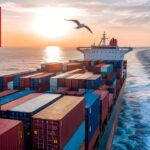


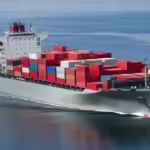


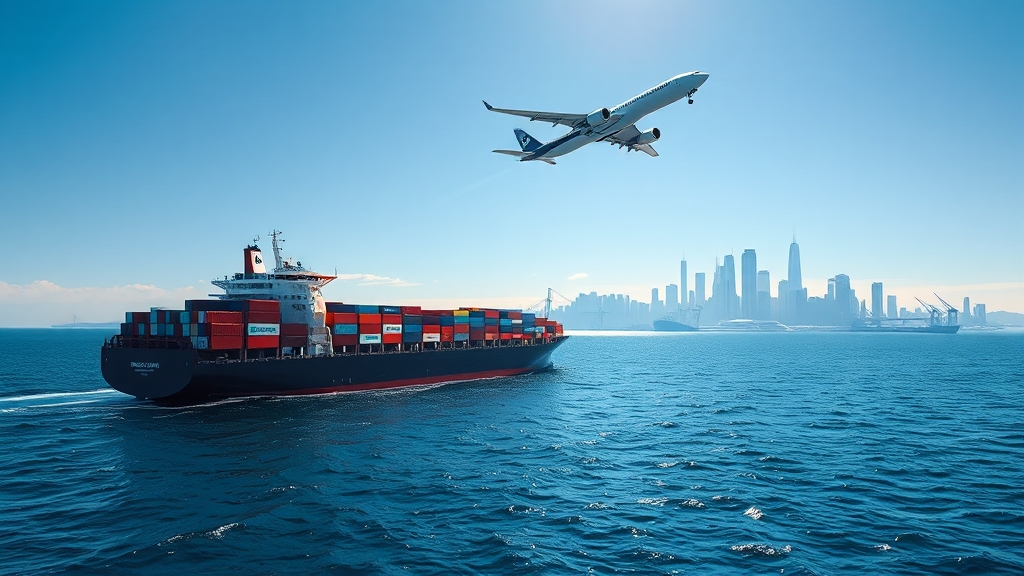
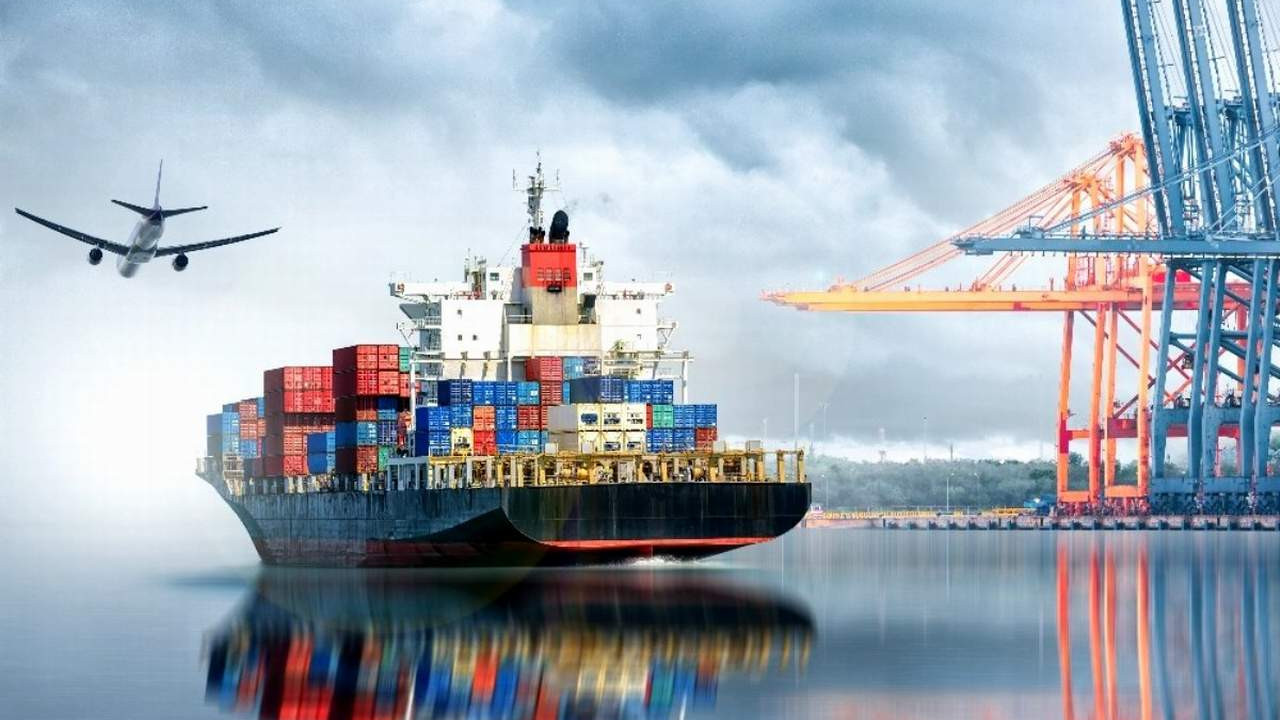
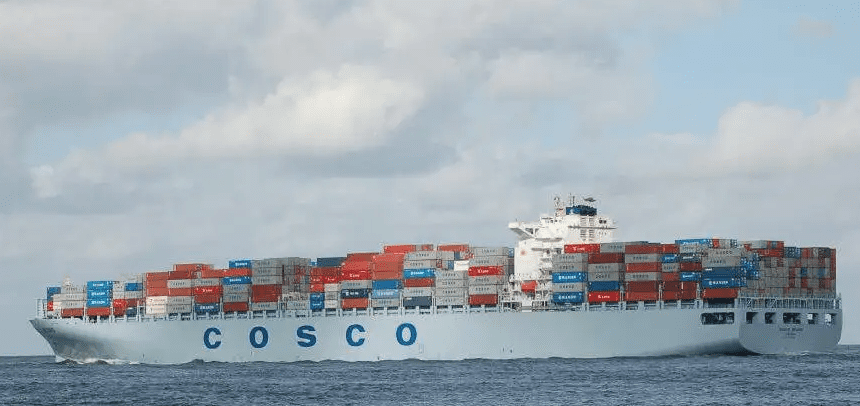
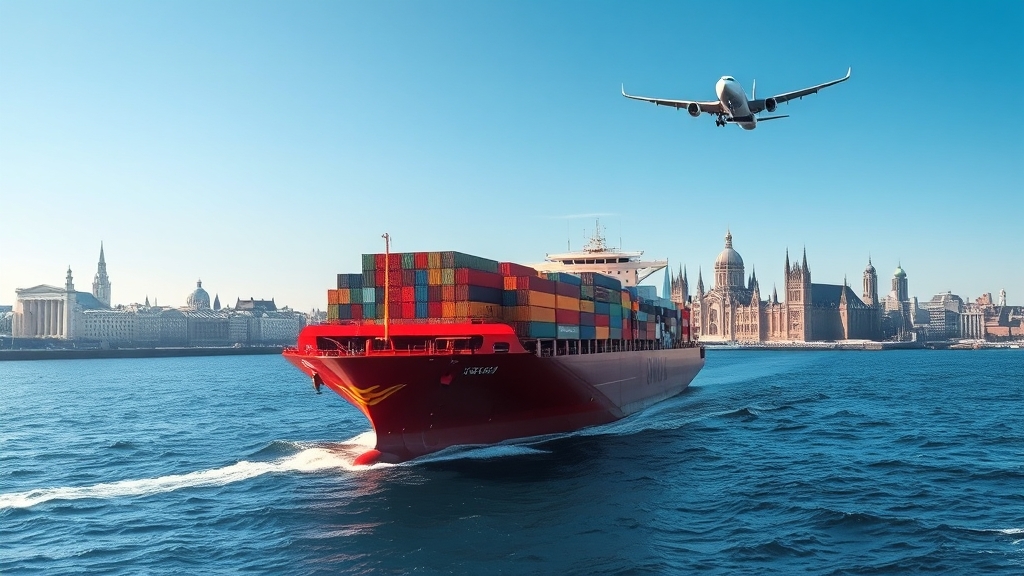
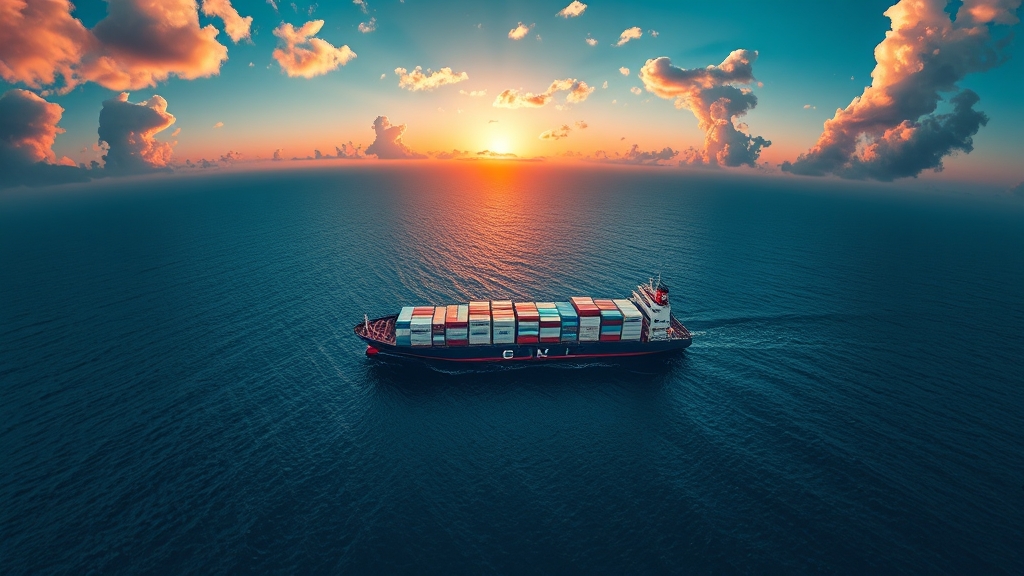
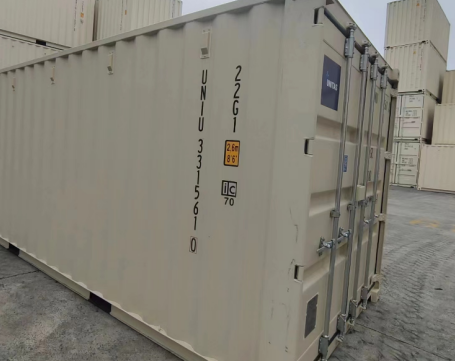

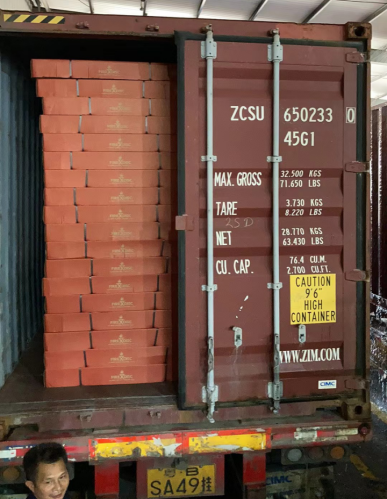
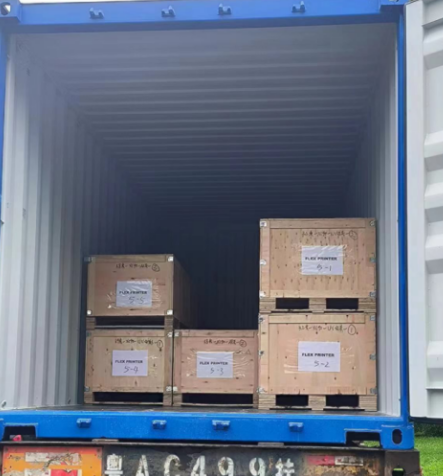
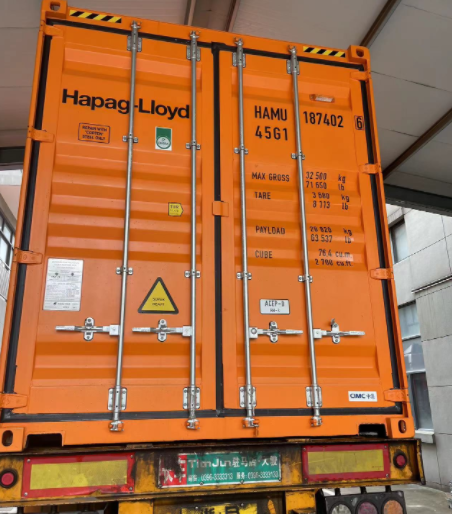
 Afrikaans
Afrikaans Shqip
Shqip አማርኛ
አማርኛ العربية
العربية Հայերեն
Հայերեն Azərbaycan dili
Azərbaycan dili Euskara
Euskara Беларуская мова
Беларуская мова বাংলা
বাংলা Bosanski
Bosanski Български
Български Català
Català Cebuano
Cebuano Chichewa
Chichewa 简体中文
简体中文 繁體中文
繁體中文 Corsu
Corsu Hrvatski
Hrvatski Čeština
Čeština Dansk
Dansk Nederlands
Nederlands English
English Esperanto
Esperanto Eesti
Eesti Filipino
Filipino Suomi
Suomi Français
Français Galego
Galego ქართული
ქართული Deutsch
Deutsch Ελληνικά
Ελληνικά Kreyol ayisyen
Kreyol ayisyen Harshen Hausa
Harshen Hausa Ōlelo Hawaiʻi
Ōlelo Hawaiʻi עִבְרִית
עִבְרִית हिन्दी
हिन्दी Hmong
Hmong Magyar
Magyar Íslenska
Íslenska Igbo
Igbo Bahasa Indonesia
Bahasa Indonesia Gaeilge
Gaeilge Italiano
Italiano 日本語
日本語 Basa Jawa
Basa Jawa ಕನ್ನಡ
ಕನ್ನಡ Қазақ тілі
Қазақ тілі ភាសាខ្មែរ
ភាសាខ្មែរ 한국어
한국어 كوردی
كوردی Кыргызча
Кыргызча ພາສາລາວ
ພາສາລາວ Latin
Latin Latviešu valoda
Latviešu valoda Lietuvių kalba
Lietuvių kalba Lëtzebuergesch
Lëtzebuergesch Македонски јазик
Македонски јазик Malagasy
Malagasy Bahasa Melayu
Bahasa Melayu മലയാളം
മലയാളം Maltese
Maltese Te Reo Māori
Te Reo Māori मराठी
मराठी Монгол
Монгол ဗမာစာ
ဗမာစာ नेपाली
नेपाली Norsk bokmål
Norsk bokmål پښتو
پښتو فارسی
فارسی Polski
Polski Português
Português ਪੰਜਾਬੀ
ਪੰਜਾਬੀ Română
Română Русский
Русский Samoan
Samoan Gàidhlig
Gàidhlig Српски језик
Српски језик Sesotho
Sesotho Shona
Shona سنڌي
سنڌي සිංහල
සිංහල Slovenčina
Slovenčina Slovenščina
Slovenščina Afsoomaali
Afsoomaali Español
Español Basa Sunda
Basa Sunda Kiswahili
Kiswahili Svenska
Svenska Тоҷикӣ
Тоҷикӣ தமிழ்
தமிழ் తెలుగు
తెలుగు ไทย
ไทย Türkçe
Türkçe Українська
Українська اردو
اردو O‘zbekcha
O‘zbekcha Tiếng Việt
Tiếng Việt Cymraeg
Cymraeg יידיש
יידיש Yorùbá
Yorùbá Zulu
Zulu